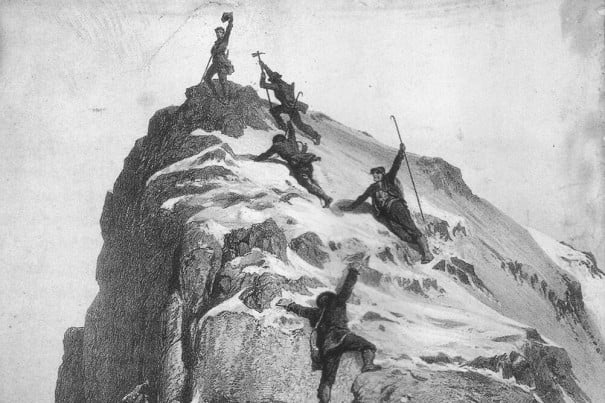
Literature Mountain Literature Classics: Scrambles Amongst the Alps by Edward Whymper
The engravings may be better than the writing, but with its blend of triumph and tragedy, the story of Whymper's five-year campaign for the first ascent of the Matterhorn is one of mountain climbing's defining narratives, says Ronald Turnbull.



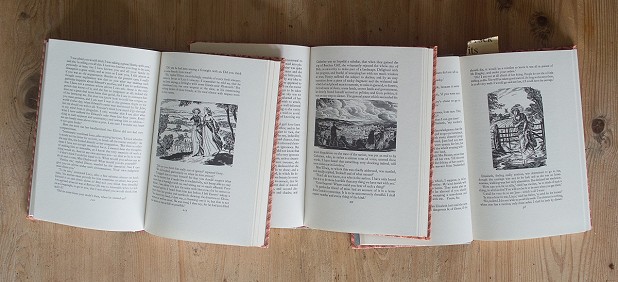
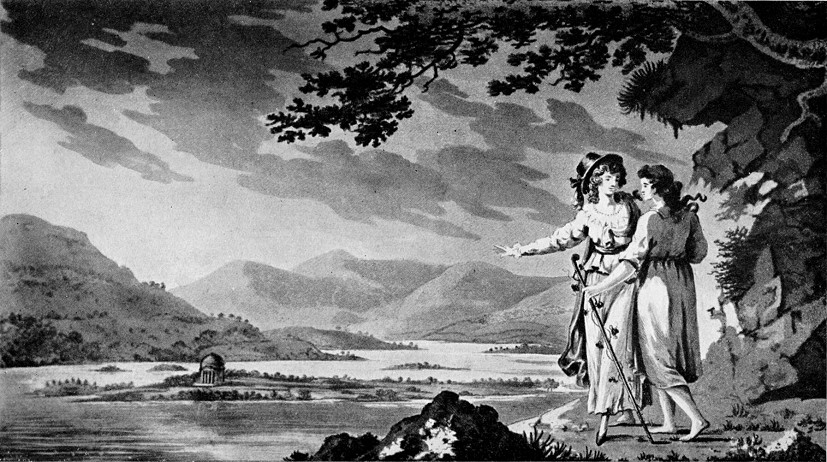
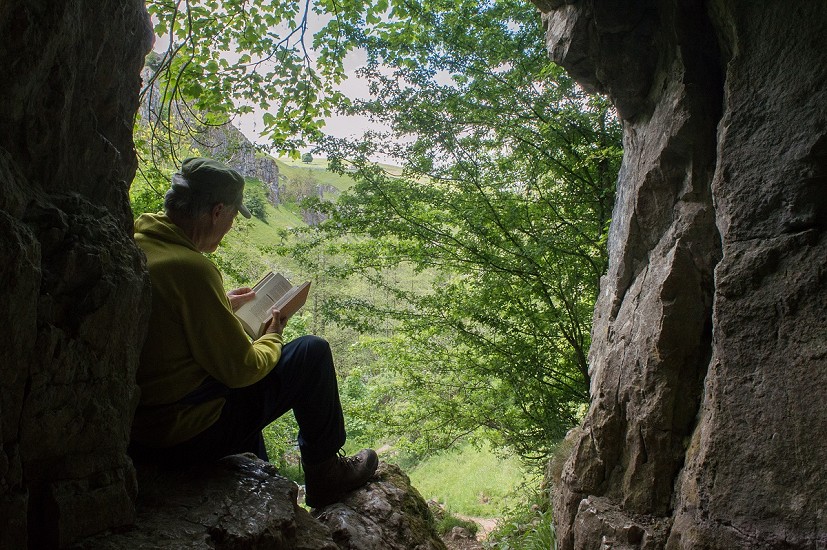


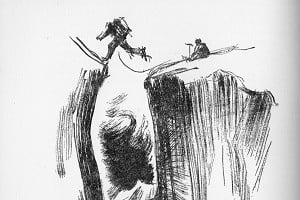



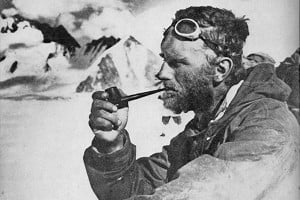

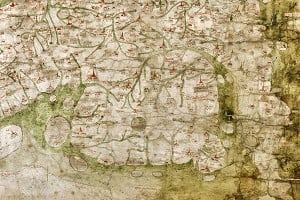


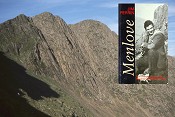
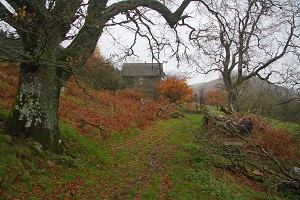
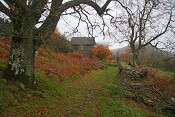
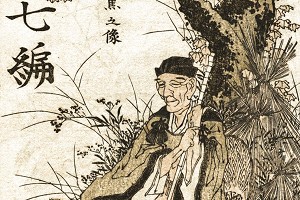

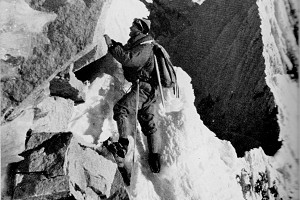
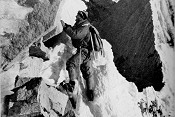
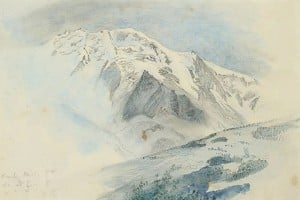
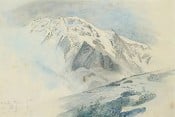
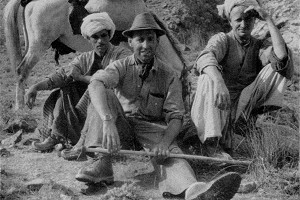

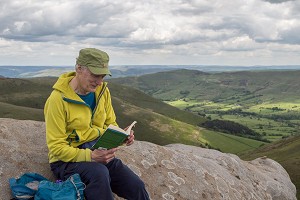
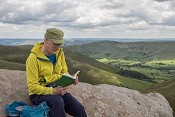


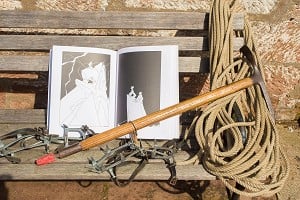

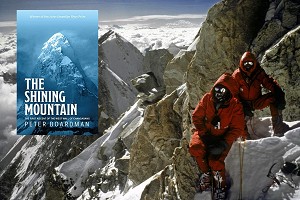

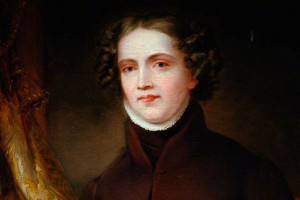

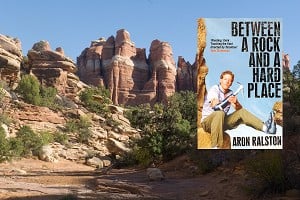
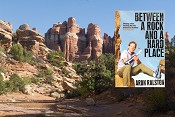
Comments
https://www.ukclimbing.com/logbook/crags/baggy_point-38/jane_austen-635475
Really enjoyed this article thank you! 🙂
The quote "What are men to rocks and mountains?" has been a favourite of mine since I first read P&P as a teenager.
Here in Bath it's the Jane Austen Festival this week. A yomp over the Mendips isn't in the programme, oddly enough.
Jane Austen? Really? You are using a very elastic definition of "Mountain Literature"!
May I humbly suggest sharing your thoughts on Ralph Barker's "The Last Blue Mountain"?
(PS I enjoy dipping into "Granite and Grit" - marvellous!)
I've never read any Austen but the Rachel Parris comedy on R4 at 6.30 this evening was excellent and almost made me think I might give her a go.